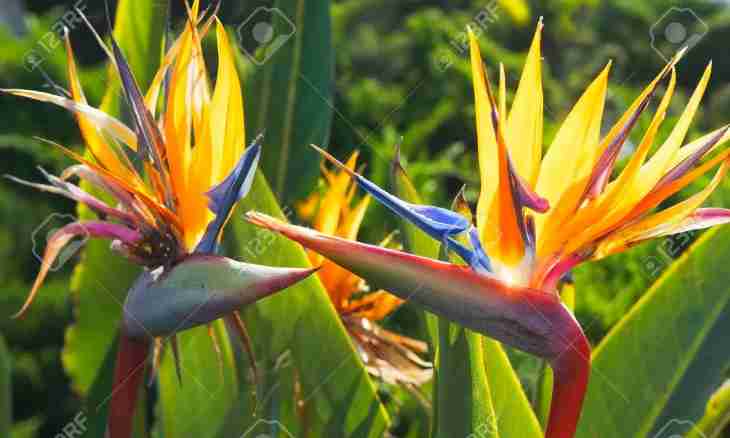The class of monocotyledonous Angiospermae is a huge group of various plants uniting about 80 families. Generally it is grassy plants, but the small percent is made also by shrubby. In tropics also wood and also lianas and epiphytes meet.
Instruction
1. Plants of department of Pokrytosemennye (floral) can be distributed on two classes: monocotyledonous and bichromatic. This division was entered in the 17th century by the famous English botanist John Ray in work of Methodus plantarum novae.
2. (Latin Monocotyledoneae, from monos – one, cotyledon – a cotyledon) such plants which germs have only one cotyledon which, sprouting, remains in a seed call monocotyledonous. In total there are about 59,000 species of such plants presented by several dozen families from which It is necessary to distinguish Orchid family, Cereals, Palm, Aroidny and Sedge.
3. Monocotyledonous plants appeared along with bichromatic at the beginning of the Cretaceous (about 110 million years ago). Presumably, they came from primitive bichromatic, but there is also other hypothesis according to which could be their ancestors grassy wetland monocotyledonous.
4. As germs and bichromatic plants can have one cotyledon, define belonging to a class of monocotyledonous, being guided by a number of distinctive signs.
5. Monocotyledonous plants possess a mochkovaty root system. Primary back practically does not grow, atrophies quickly and replaced with additional roots.
6. Stalks monocotyledonous soft, are practically not branched out, vascular bunches the closed, sheet plates are not dismembered. Simple leaves, without stipules, most often narrow and tselnokrayny, clasping a stalk. Zhilkovaniye at leaves parallel or arcuate. Except for several types, at monocotyledonous absolutely there is no cambium – the educational fabric providing growth in thickness.
7. Flowers, as a rule, threefold, that is the quantity of all its elements is multiple to three: they consist of a perianth from two tripartite circles, six stamens (two times on three) and three carpels. Pollen grains odnoborozdny.
8. Monocotyledonous plants are widespread everywhere. In moderate and northern latitudes they are presented by grassy forms, to tropical and subtropical – ligneous. Perennials prevail.
9. Monocotyledonous make the most part of herbage of steppes, savannas and meadows. They play an enormous role in human life as cereals, fodder herbs (oats, a meadow grass), important medicinal (a chastukha, scarlet) and also ornamental plants (a lily, a tulip) belong to this class.

